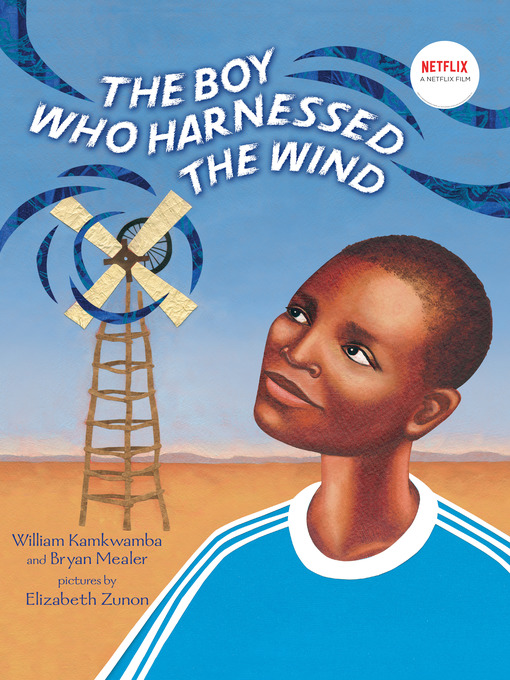- New Audiobooks
- Quick Listens
- Awesome Narrators
- Most Popular
- Try something different
- Family Reading Time
- See all audiobooks collections

When a terrible drought struck William Kamkwamba's tiny village in Malawi, his family lost all of the season's crops, leaving them with nothing to eat and nothing to sell. William began to explore science books in his village library, looking for a solution. There, he came up with the idea that would change his family's life forever: he could build a windmill. Made out of scrap metal and old bicycle parts, William's windmill brought electricity to his home and helped his family pump the water they needed to farm the land.
Retold for a younger audience, this exciting memoir shows how, even in a desperate situation, one boy's brilliant idea can light up the world. Complete with photographs, illustrations, and an epilogue that will bring readers up to date on William's story, this is the perfect edition to read and share with the whole family.
-
Creators
-
Publisher
-
Release date
June 30, 2014 -
Formats
-
OverDrive Read
- ISBN: 9781101578636
-
-
Languages
- English
-
Levels
- ATOS Level: 5.3
- Lexile® Measure: 860
- Interest Level: K-3(LG)
- Text Difficulty: 4-5
-
Reviews

Loading
Formats
- OverDrive Read
Languages
- English
Levels
- ATOS Level:5.3
- Lexile® Measure:860
- Interest Level:K-3(LG)
- Text Difficulty:4-5
Why is availability limited?
×Availability can change throughout the month based on the library's budget. You can still place a hold on the title, and your hold will be automatically filled as soon as the title is available again.
The Kindle Book format for this title is not supported on:
×Read-along ebook
×The OverDrive Read format of this ebook has professional narration that plays while you read in your browser. Learn more here.